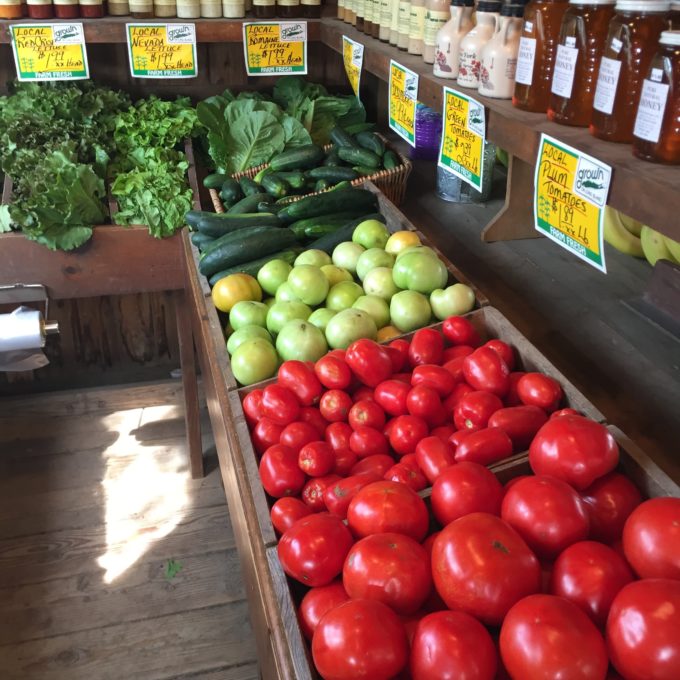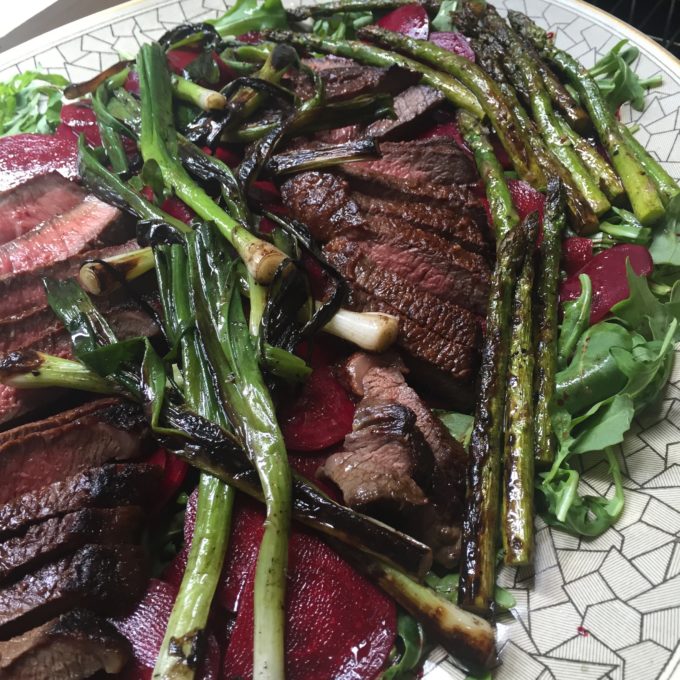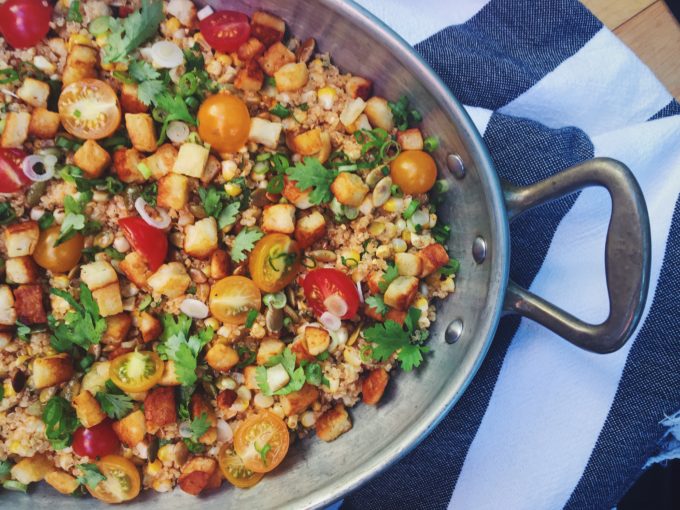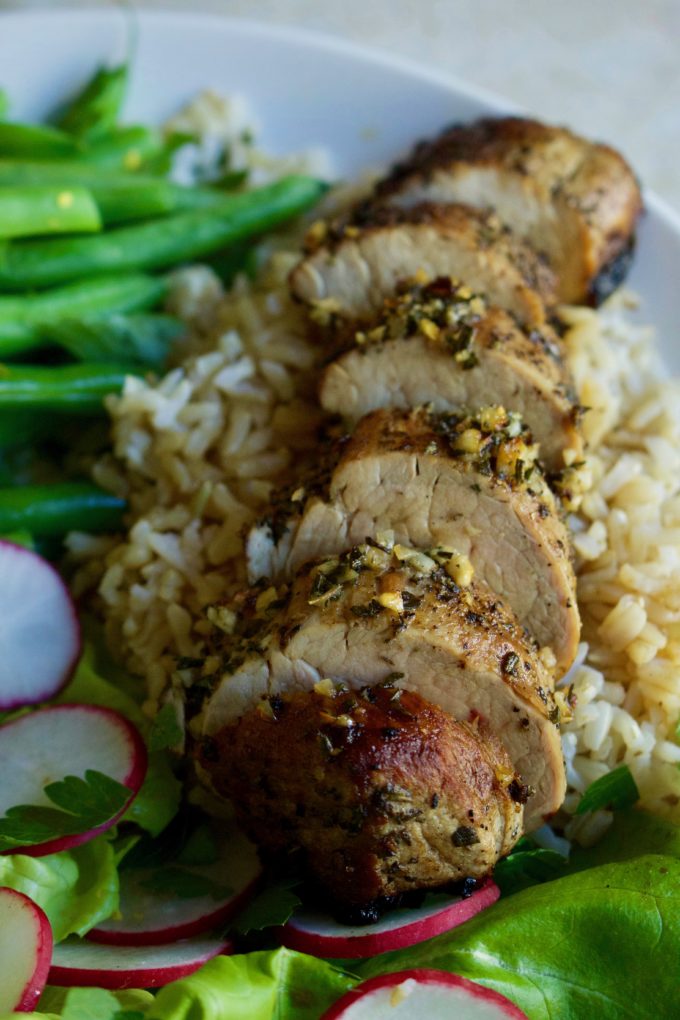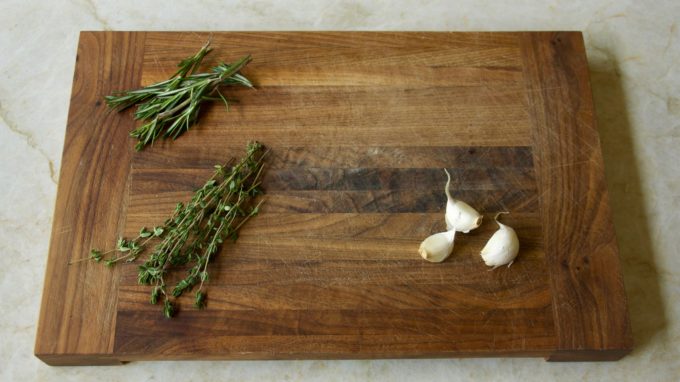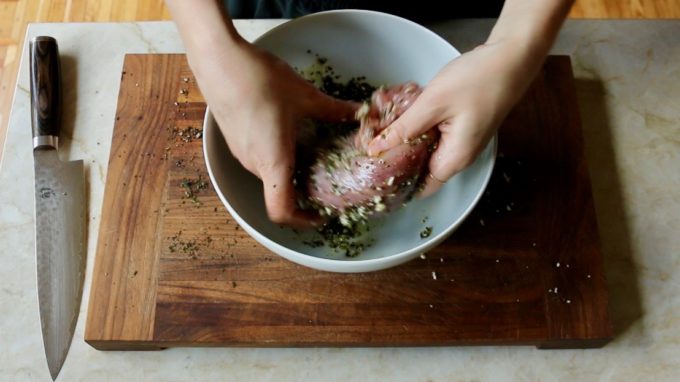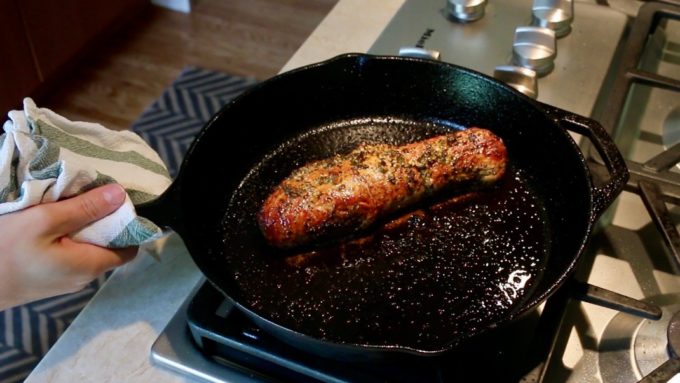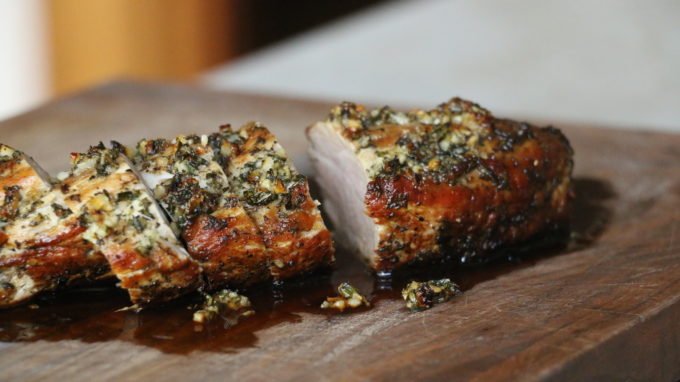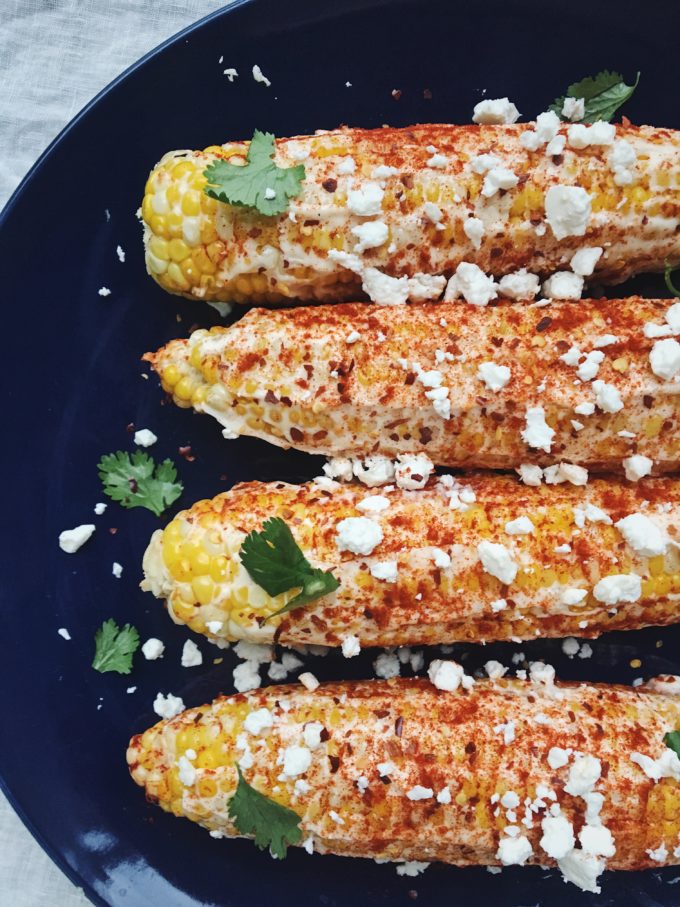
I can’t think of a single smoky-flavored food I don’t love. Smoked salmon and trout, all manner of BBQ, bacon…but living in Brooklyn with outdoor cooking prohibited and a sensitive fire alarm makes achieving that flavor with fire nearly impossible. Enter: smoked paprika.
I first added this spice into my culinary repertoire about five years ago when making David Tanis’ Pimenton Roast Chicken with Crispy Potatoes. To be honest, before this recipe I shied away from most dishes with paprika. I’m not sure why exactly. Probably because the only paprika I tasted growing up was a generic supermarket brand that had been sitting in the back of my parents’ spice drawer for years. I thought paprika was a spice that added a red hue but not much else to a dish. Boy, was I wrong.
Tanis’ crisp-skinned roast chicken had a depth of flavor I didn’t know was possible without open-fire cooking. It was garlicky, a little bit spicy and with a deep smoky aroma. With the success of this recipe, smoked paprika quickly inherited valuable real estate in my spice rack.
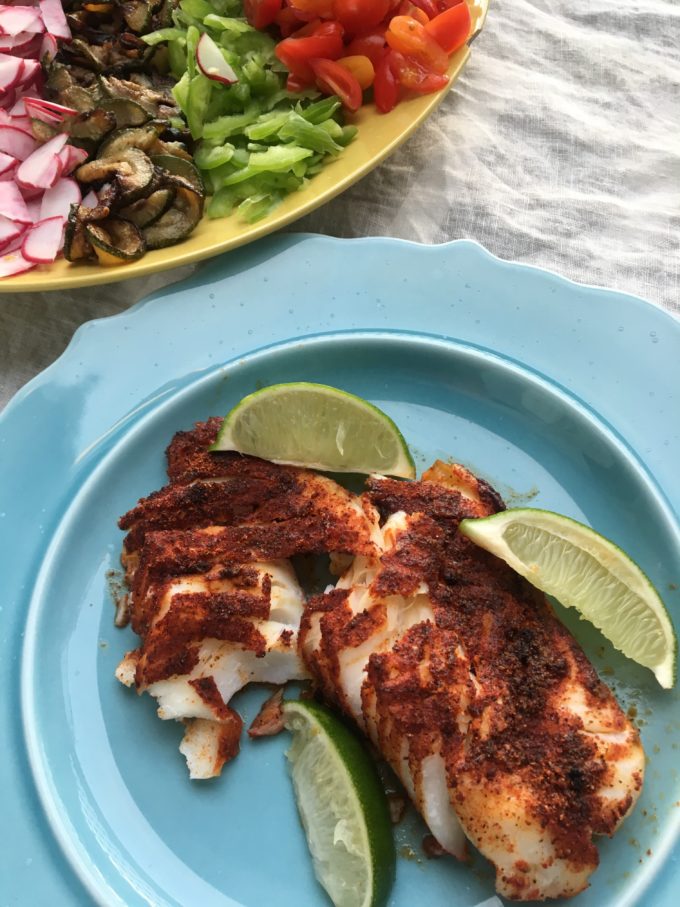
This spice is made most often in Spain where ripe red chile peppers are dried slowly over smoldering oak for up to two weeks before being ground into the powder we find on market shelves. Other aliases include pimenton, smoked pimenton, and Spanish paprika. The second you take a whiff, you’ll know you have the right spice. You can also find it at varying levels of heat, from sweet (dulce) to spicy (picante). I like all of them so that’s just a matter of personal preference.
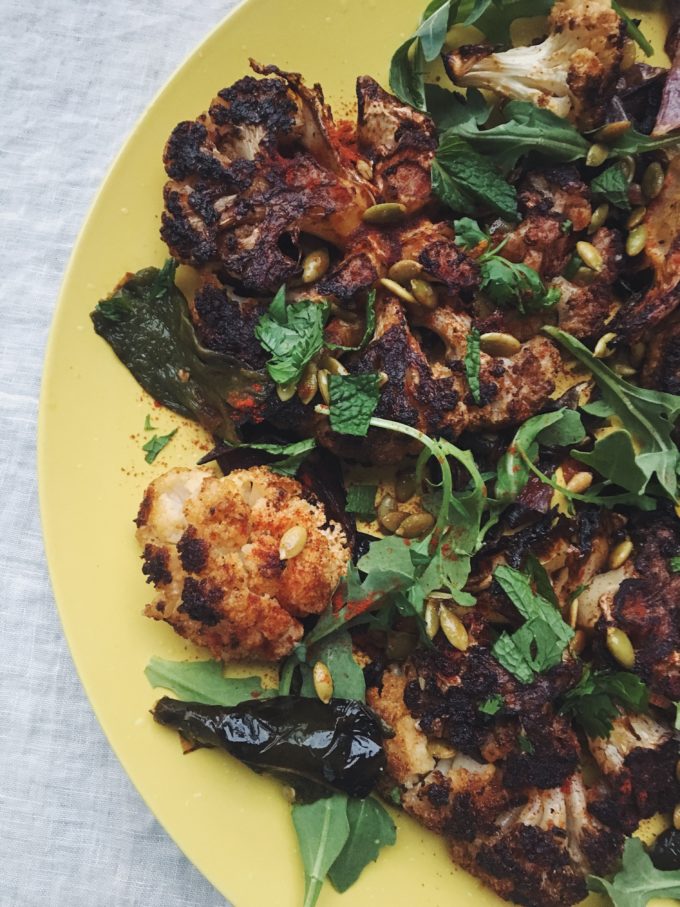
Below are several favorite ways to use smoked paprika in cooking. This is a spice you can be quite heavy handed with, so don’t be shy. Give one or two of them a try and I promise you’ll be hooked.
On vegetables – sprinkle over roasted or grilled corn, cauliflower, sweet potatoes,
In vinaigrettes – add a pinch or two to a mix 50/50 mix of lime/olive oil (add a touch of honey or agave too, and of course salt and pepper to taste)
On proteins – sprinkle over fried eggs, season a mild white fish like halibut with it for fish tacos (use cumin too), use it on any poultry, or even use it as your secret ingredient in burgers
On pepitas – when toasted pumpkin seeds on the stovetop, add a little olive oil, salt, and smoked paprika for the last few minutes of toasting
On legumes – fry chickpeas in olive oil on the stovetop for about 10-15 minutes until crispy, adding a generous pinch of smoked paprika for the last few minutes and then finishing the whole thing with a squeeze of lime juice
With love always, Laura

